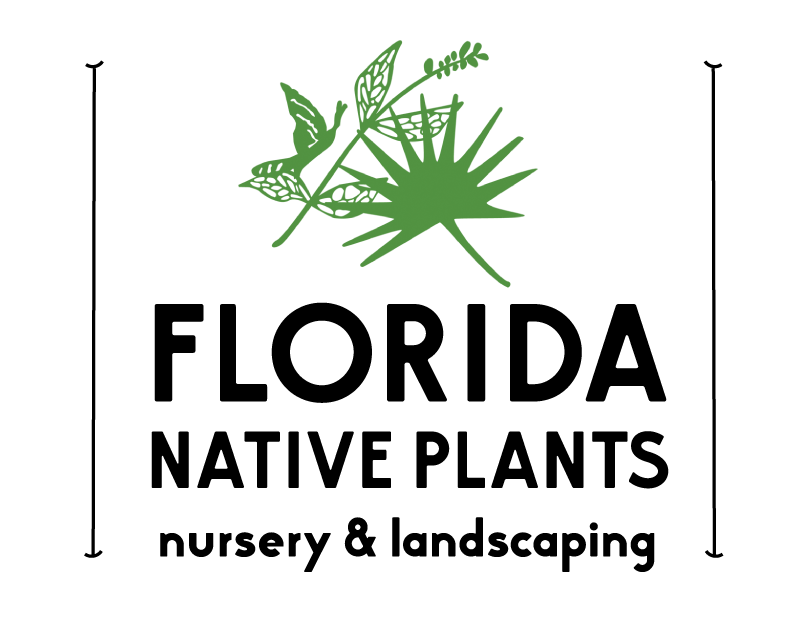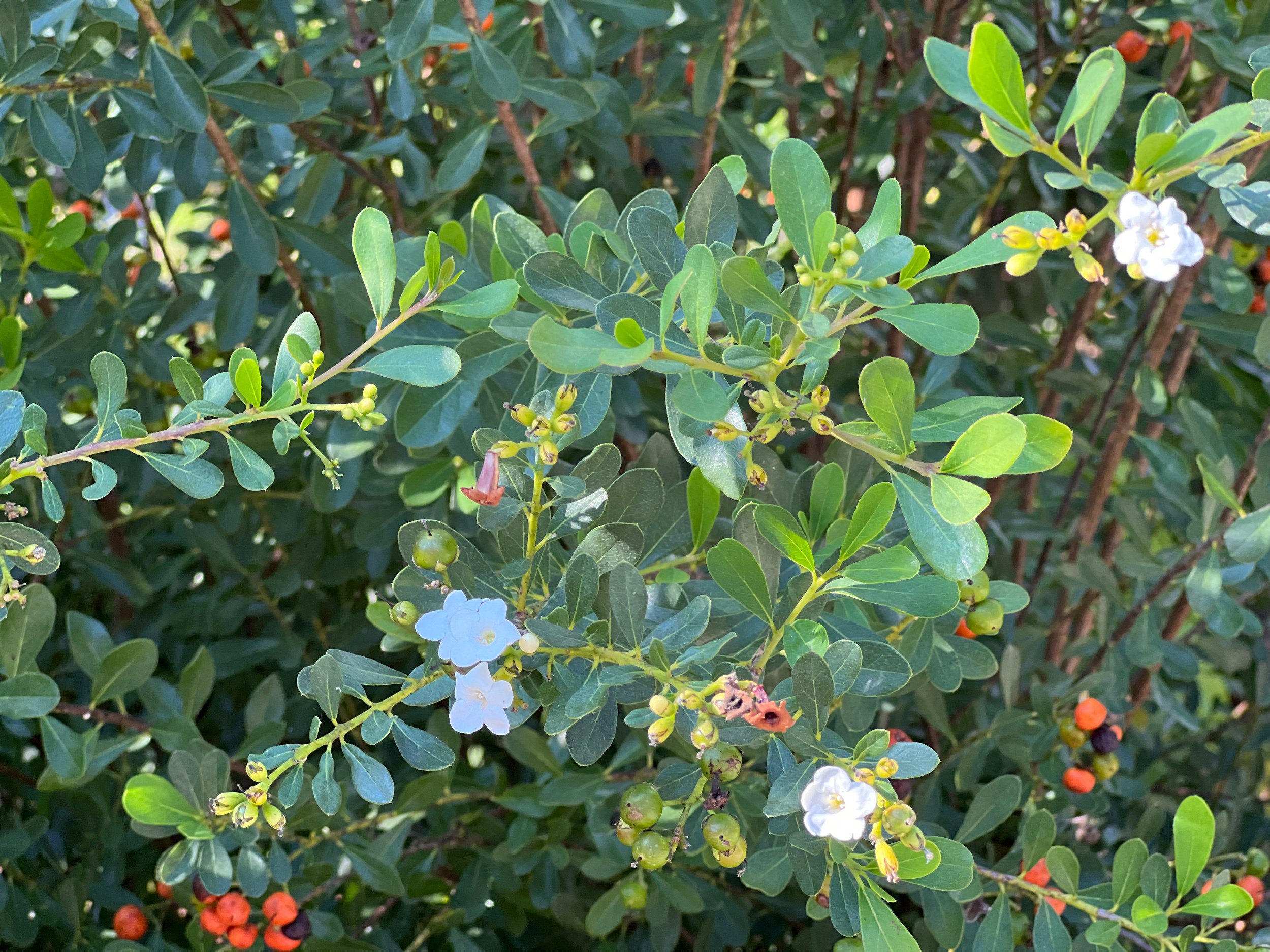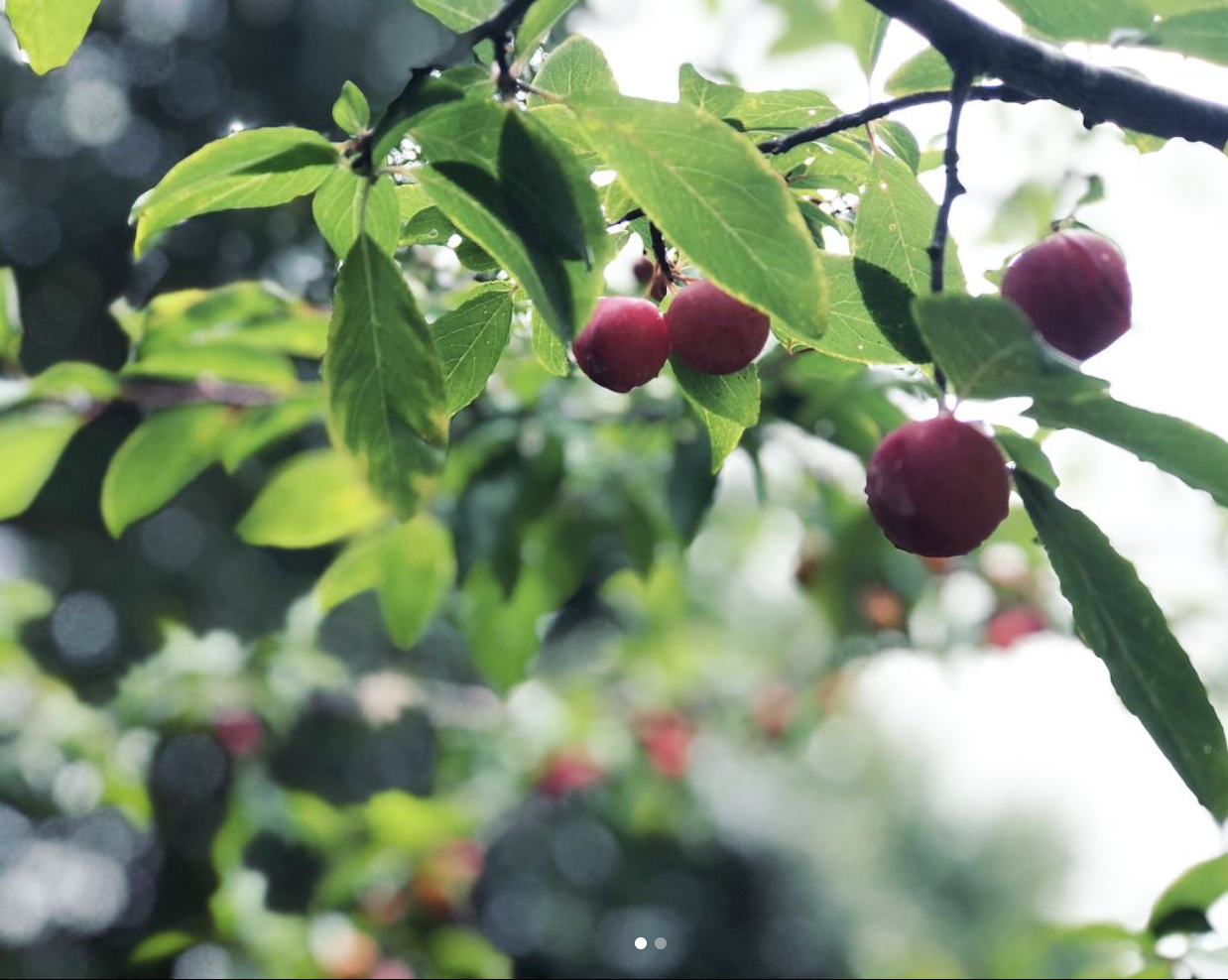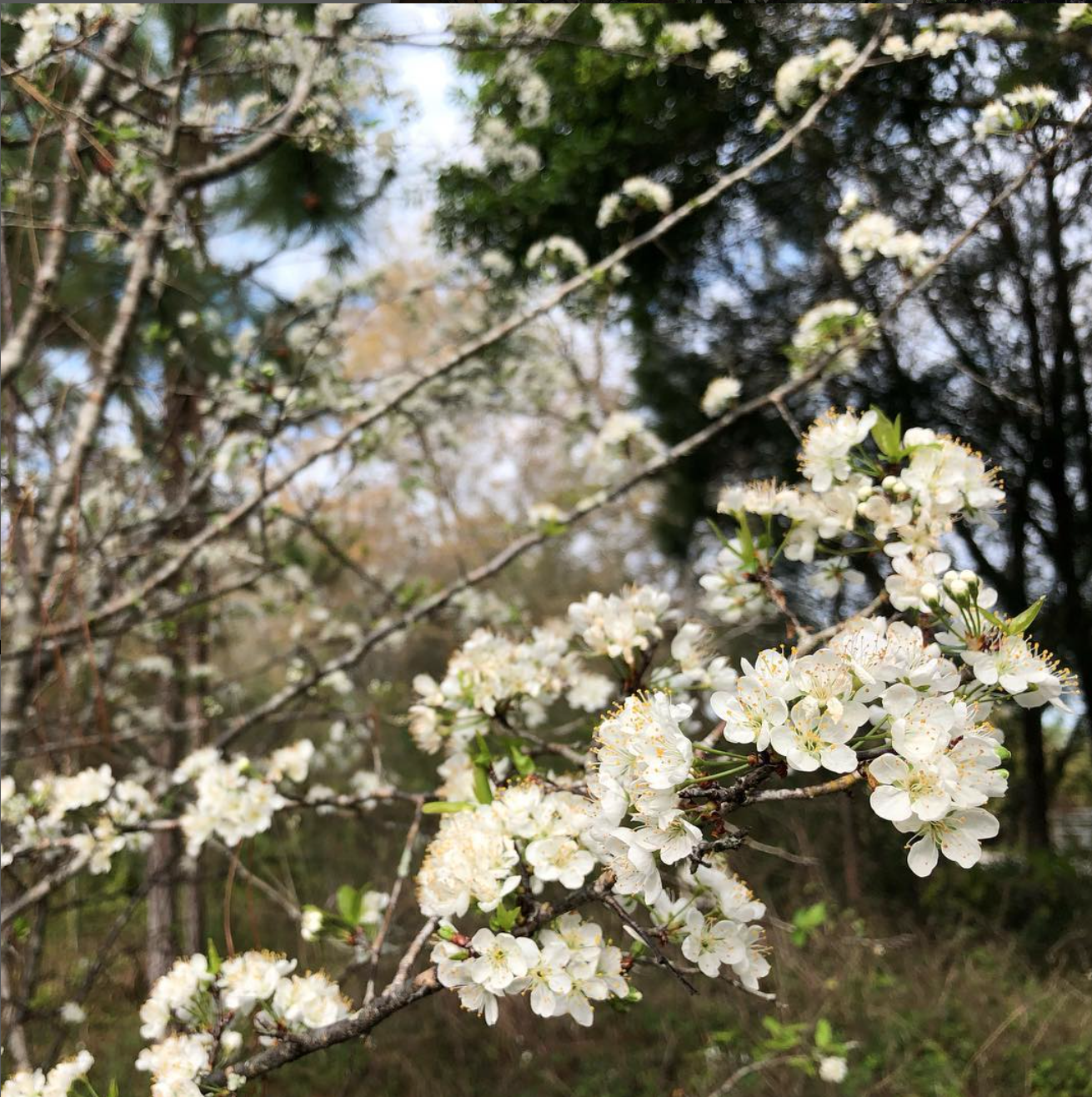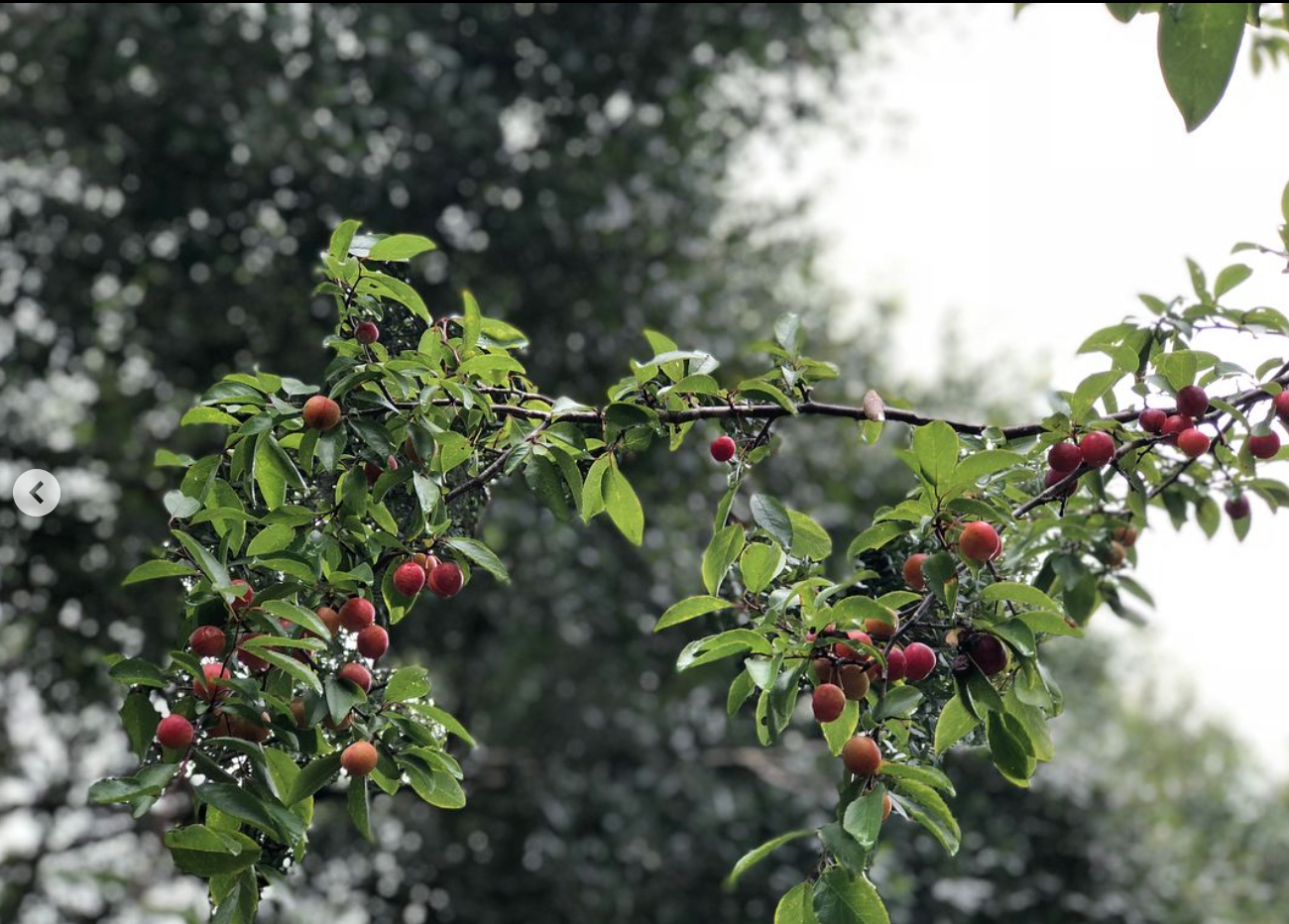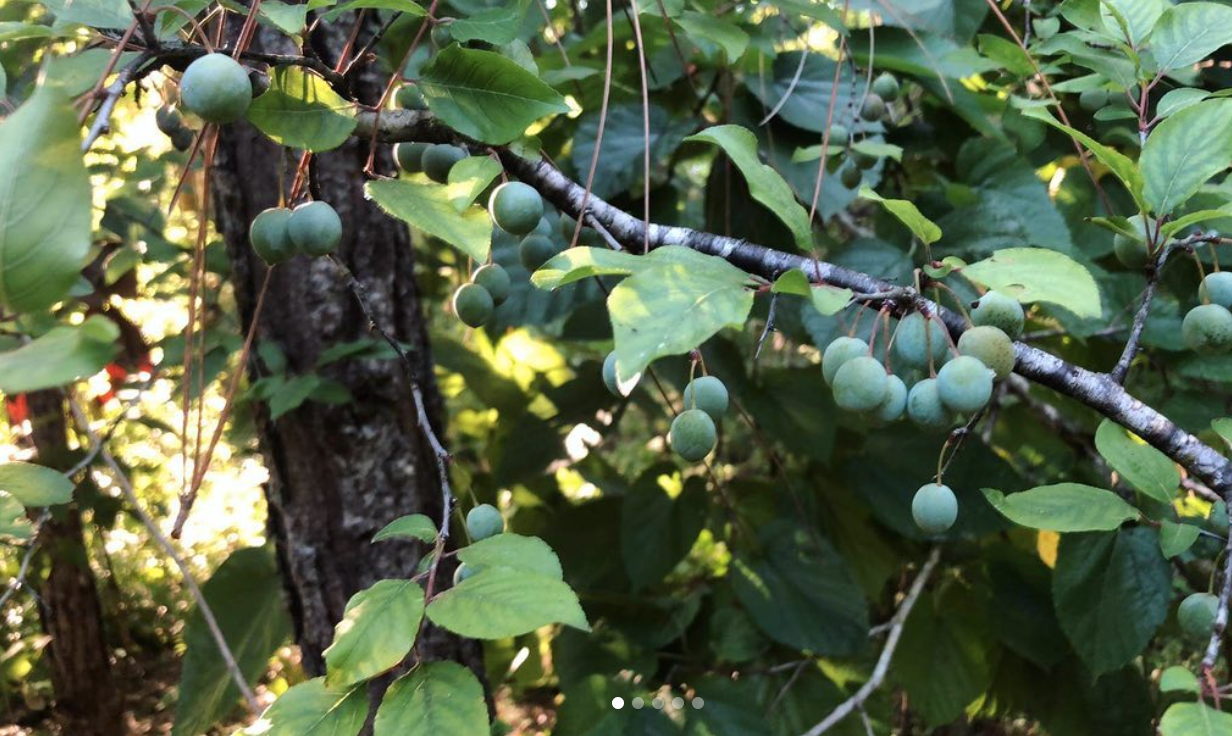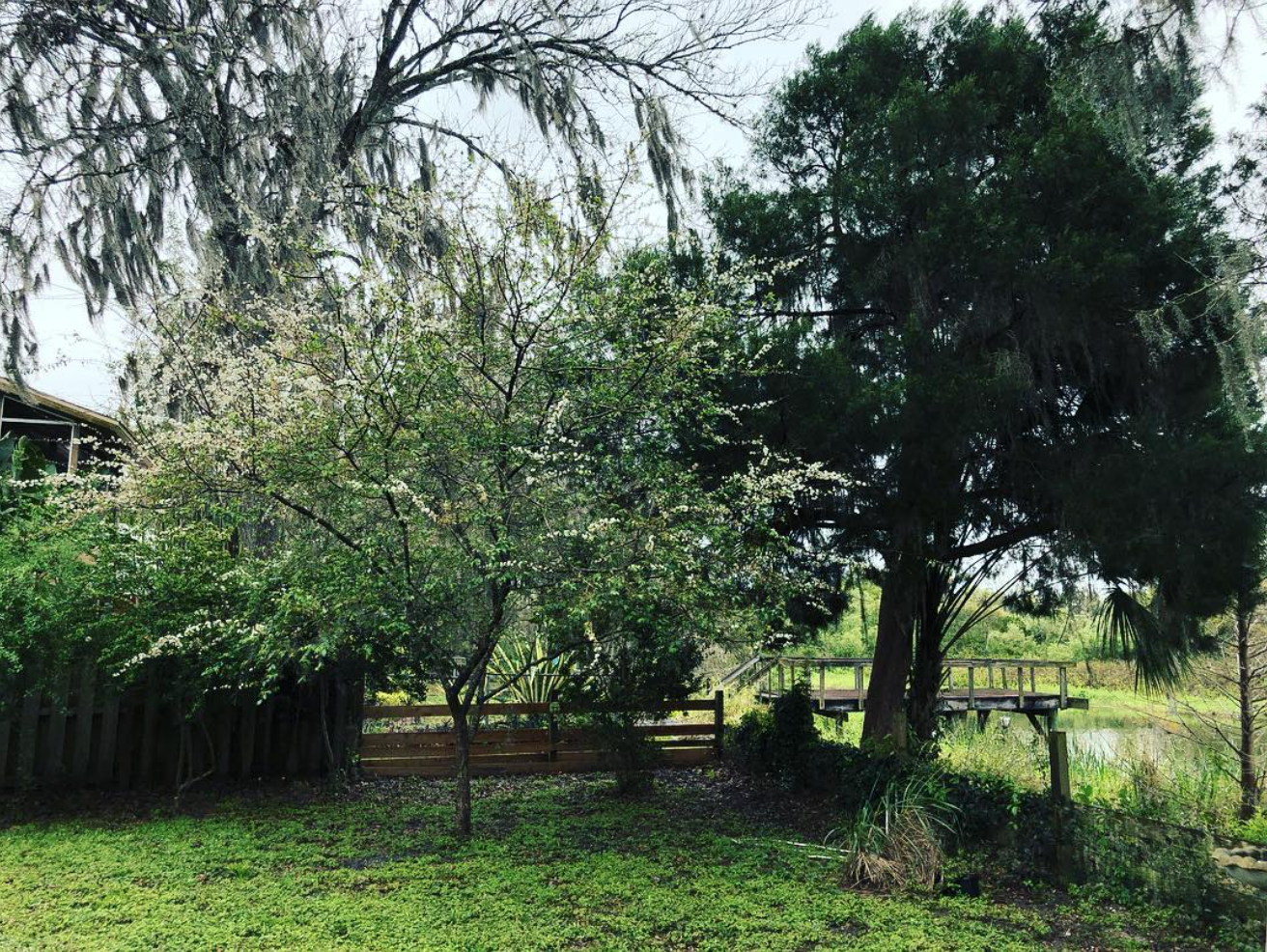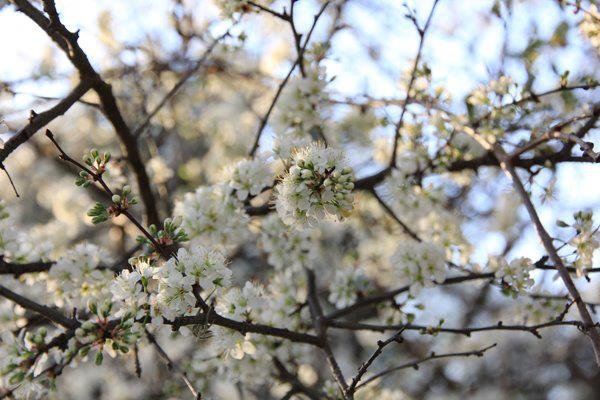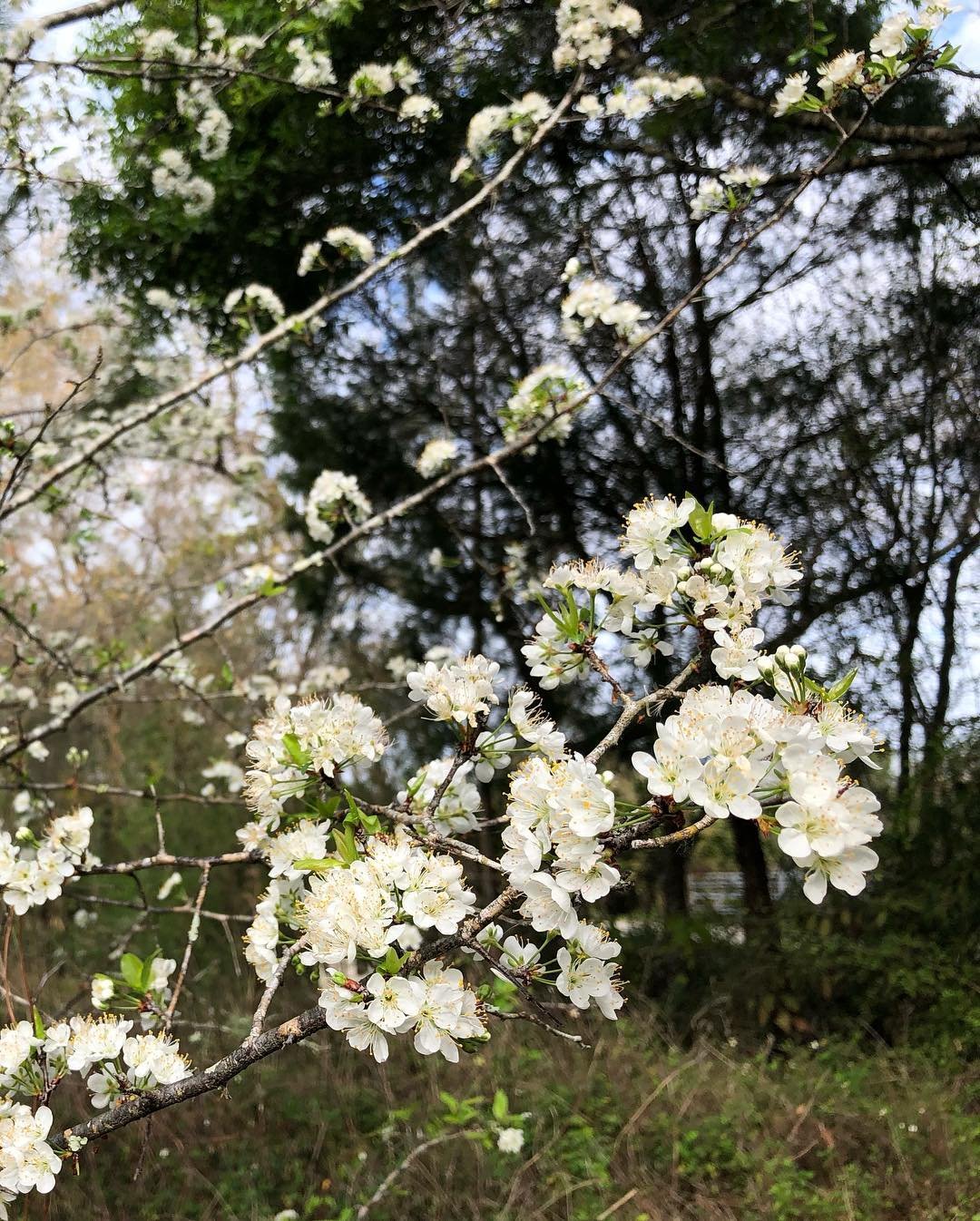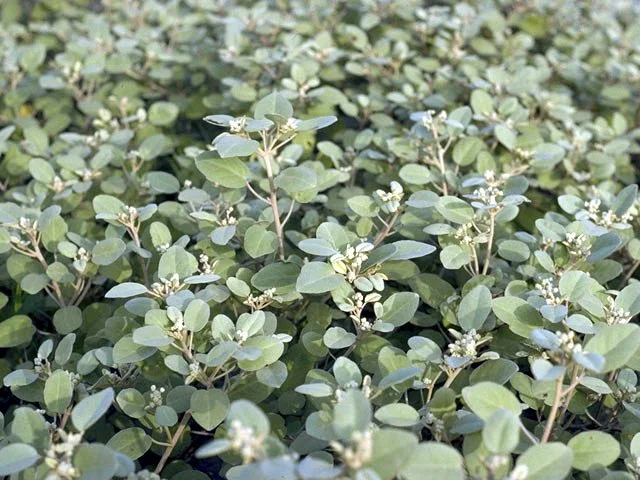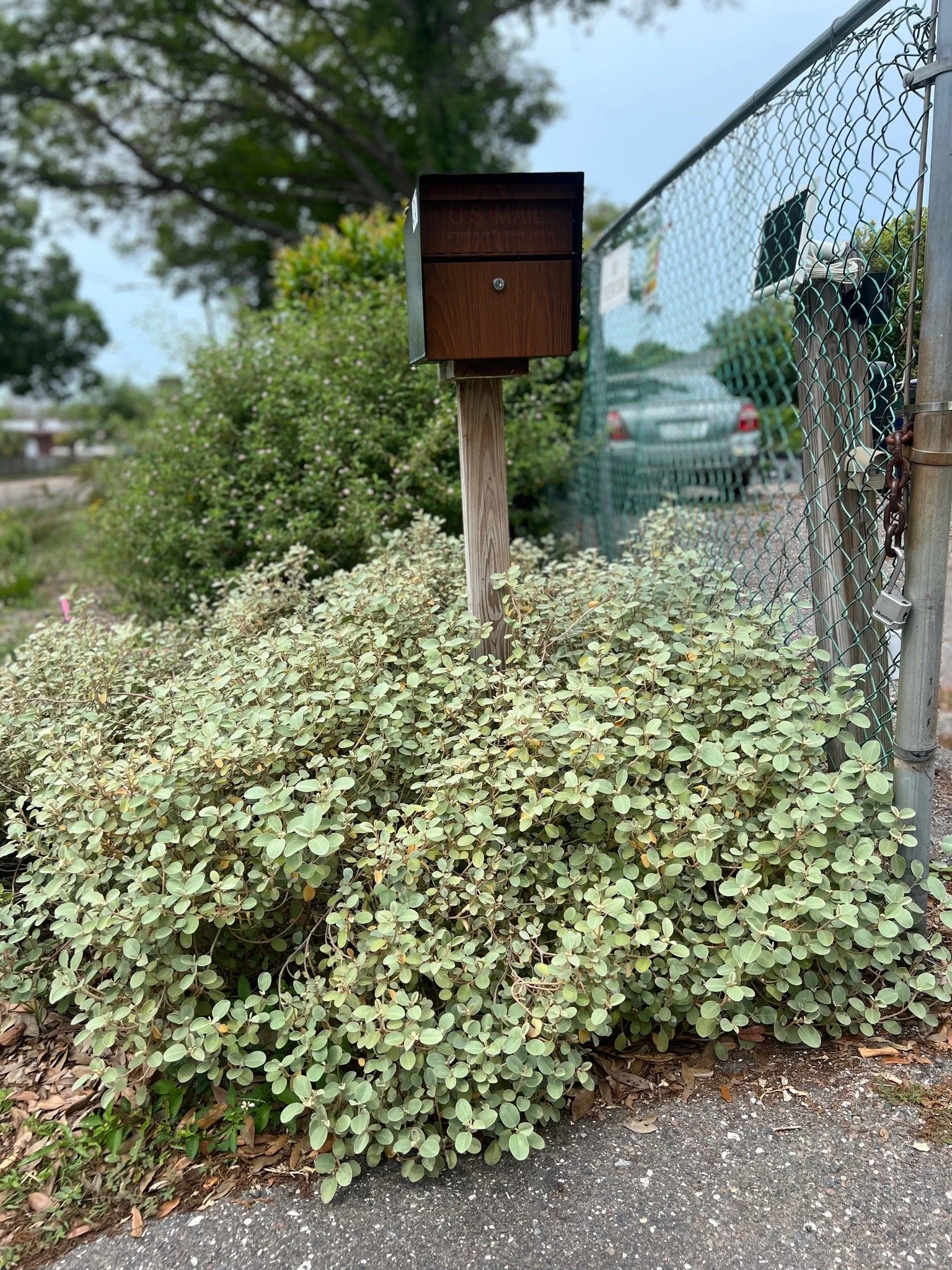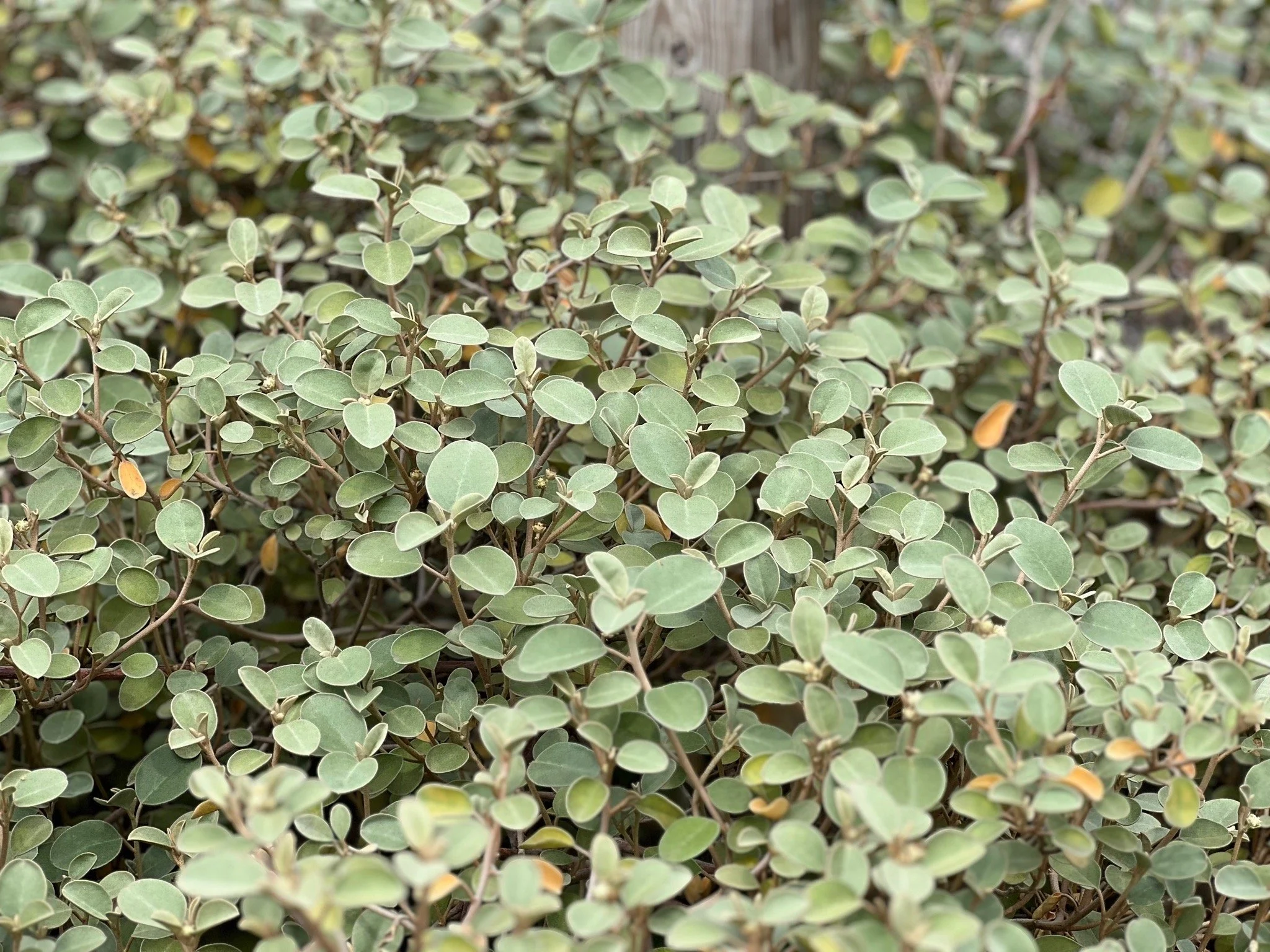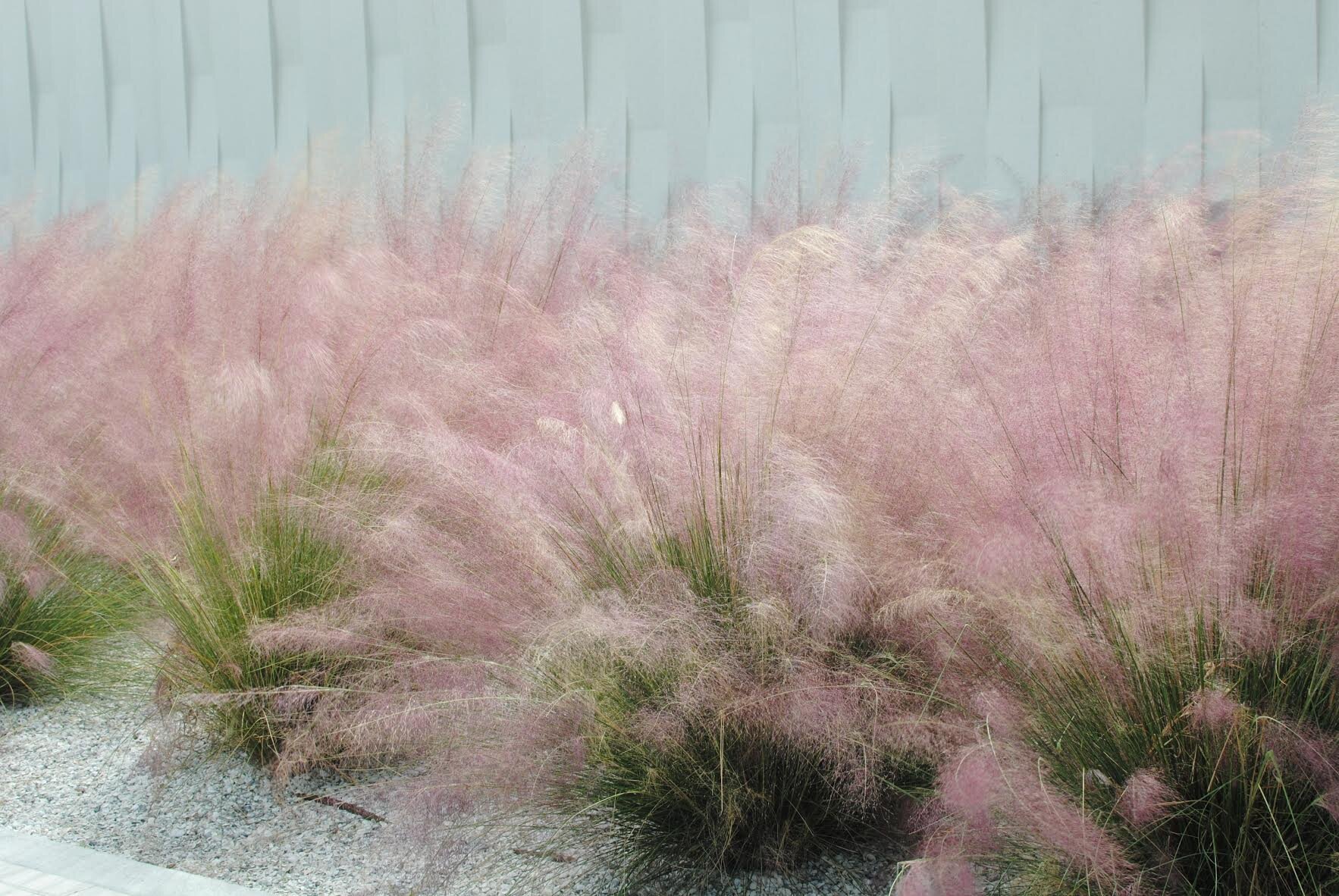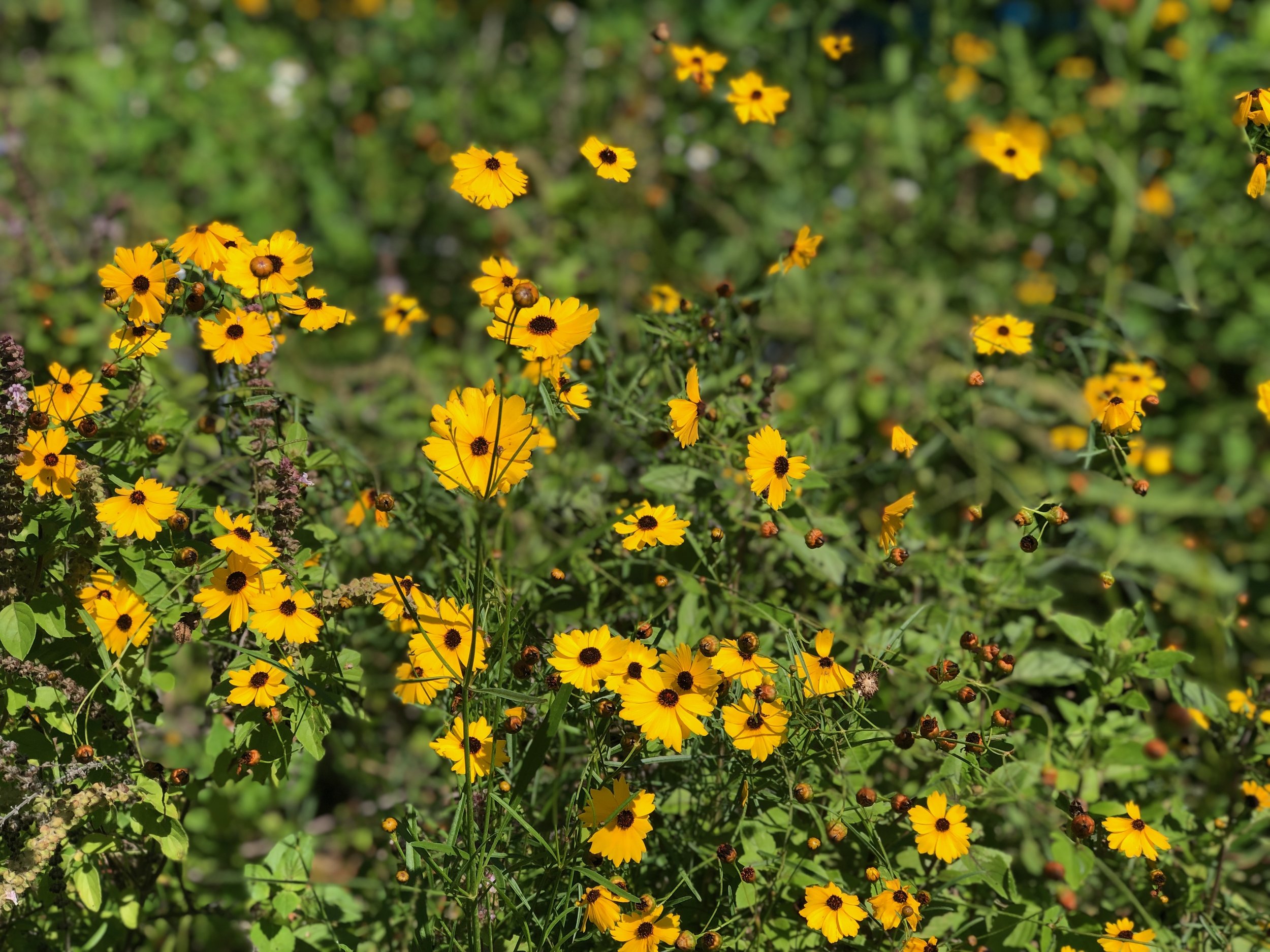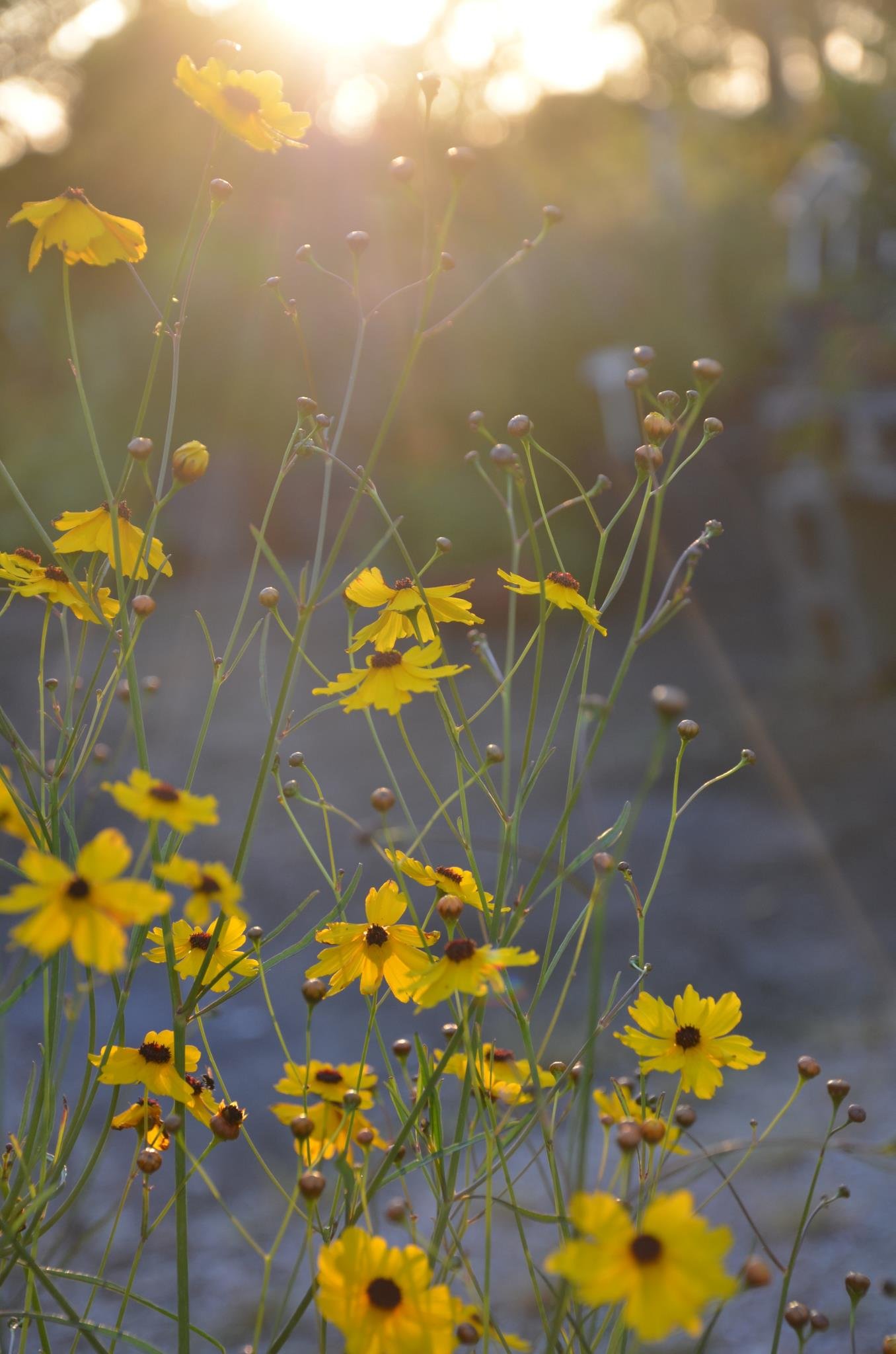 Image 1 of 3
Image 1 of 3

 Image 2 of 3
Image 2 of 3

 Image 3 of 3
Image 3 of 3




Corn Snakeroot
Eryngium aquaticum
Corn Snakeroot is a standout plant that will call attention to your rain or bog garden. The showy blue flower spikes are are unique and can be used as cut flowers! This Eryngium is one of the best species to add to your moist pollinator garden as they attract the one of the most diverse numbers pollinators in the state.
Eryngium aquaticum
Corn Snakeroot is a standout plant that will call attention to your rain or bog garden. The showy blue flower spikes are are unique and can be used as cut flowers! This Eryngium is one of the best species to add to your moist pollinator garden as they attract the one of the most diverse numbers pollinators in the state.
Perennial, winter dormant, reseeding, wetland wildflower; 3’-5’x1’
Full sun to part shade, damp to moist soils; best in irrigation
Occurs naturally in marshes, pond edges, and ditches
Beautiful light blue globe-shaped flowers bloom summer through fall
Attracts many pollinators - important for native bees!
Interesting and unusual
